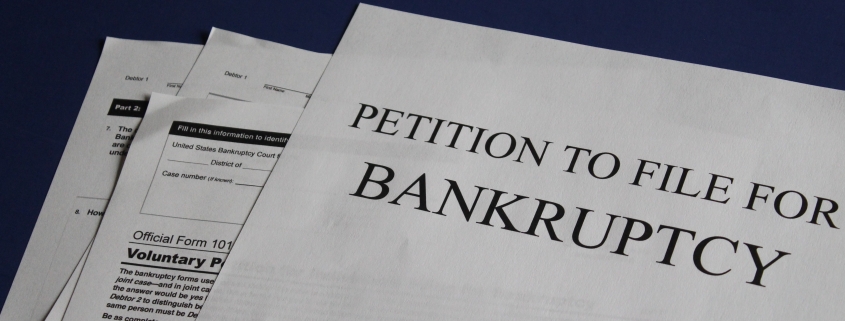Understanding the “Best Interests of the Child” standard of legal review in Maryland Custody Disputes
In Maryland divorce matters, couples with children often dispute the custody arrangements. The many aspects of raising a child can be a source of disagreement, from physical custody to legal custody, which includes decisions over medical, educational and other important matters. Maryland law is well settled that the “best interests of the child” will determine the court’s decision regarding the custodial rights of each parent. Unlike some other aspects of divorce, the court will consider this standard even in a review and approval of a parenting agreement between the parents, and it can compel a modification of the agreement in some instances, if the court is of the opinion that the best interests of the children are not adequately addressed in the parenting agreement. The “best interests of the child” is a vague directive that has been clarified by the courts, and today, multiple factors are weighed to help the court assess and resolve custody disputes.
Is the Party a Good Parent?
This question is answered by asking even more questions. Is the parent fit? Do they have a good reputation and character? What is their financial status? Can the parent maintain a stable and appropriate home? Will the parent help the child maintain important relationships with the other parent as well as people like siblings and relatives? Does either parent have employment demands that impact their ability to spend meaningful time with the child? Has there been a prior voluntary abandonment or surrender of custody of the child? These questions each need to be answered before the court makes a final determination.
The Specific Child
The court will evaluate the needs of each individual child in weighing and evaluating custodial matters, including their age, sex and health, and in some cases their stated preferences. The court will also look at the child’s relationship with each parent, the number of other children in the household and the potential disruption of the child’s social and school life. Since all these issues vary with each child, the court will make separate determinations with each child in a divorce situation, though it is rare for the courts to order significantly different custody arrangements for siblings.
Coparenting Possibilities
Maryland law prefers to avoid denying a parent some form of custodial access to their child. To this end, a court will consider whether the parents have reached a prior agreement or have expressed a willingness to share custody. Maryland courts usually refer to the situation of both parents having significant time with the children as “shared custody”. The use of the word “joint” is usually associated with the decision-making authority of the parents, such as “joint legal custody”. If shared physical custody and joint legal custody is awarded, the court tailors the order based on the apparent capacity of the parents to communicate productively and to reach shared decisions affecting the child’s welfare. Before concluding that shared physical custody is in the child’s best interests, the court will look at details like the geographic location of each parent and the opportunity for quality time with each parent.
Additional Considerations
In addition to the other categories, the courts look at specific facts that can impact the best interest of the child. For example, the length of separation of the parents may already have had an impact on the child. In addition, custodial rights can impact state and federal assistance and other benefits. Notwithstanding the specific enumerations of the factors the court should consider, the courts will invariably look at any other issues that it determines may be relevant to the best interests of the child.
The Maryland Family Court judge or magistrate making custody decisions in a divorce must balance the facts with the nuances of the personalities and relationships involved. This assessment occurs for every request for custody, and the court will scrutinize the asking parent to see if they are sincere or if there is some other motivation for the request. That being said, the court is interested in making sure that the child has an ongoing relationship with both parents. With the knowledge that these many issues will be weighed by the court, it is important that divorcing parties address them in any custodial agreement they might attempt to reach. If you have concerns about your custodial rights in a Maryland divorce, contact Barkley & Kennedy to set up an appointment. We have raised our own children and have handled numerous custody disputes. We can assist in making you a better parent and having a successful outcome in your custody case. As well, hopefully, we can assist in reducing the negative impact of a custody dispute on your child. We have offices in Rockville and Frederick, and we also work with clients virtually.
DISCLAIMER. The material contained on this Website is not offered, nor should it be construed, as legal advice. The material on our Website has been prepared and published for informational purposes only. You should not act or rely upon information contained in these materials without specifically seeking professional legal advice.










